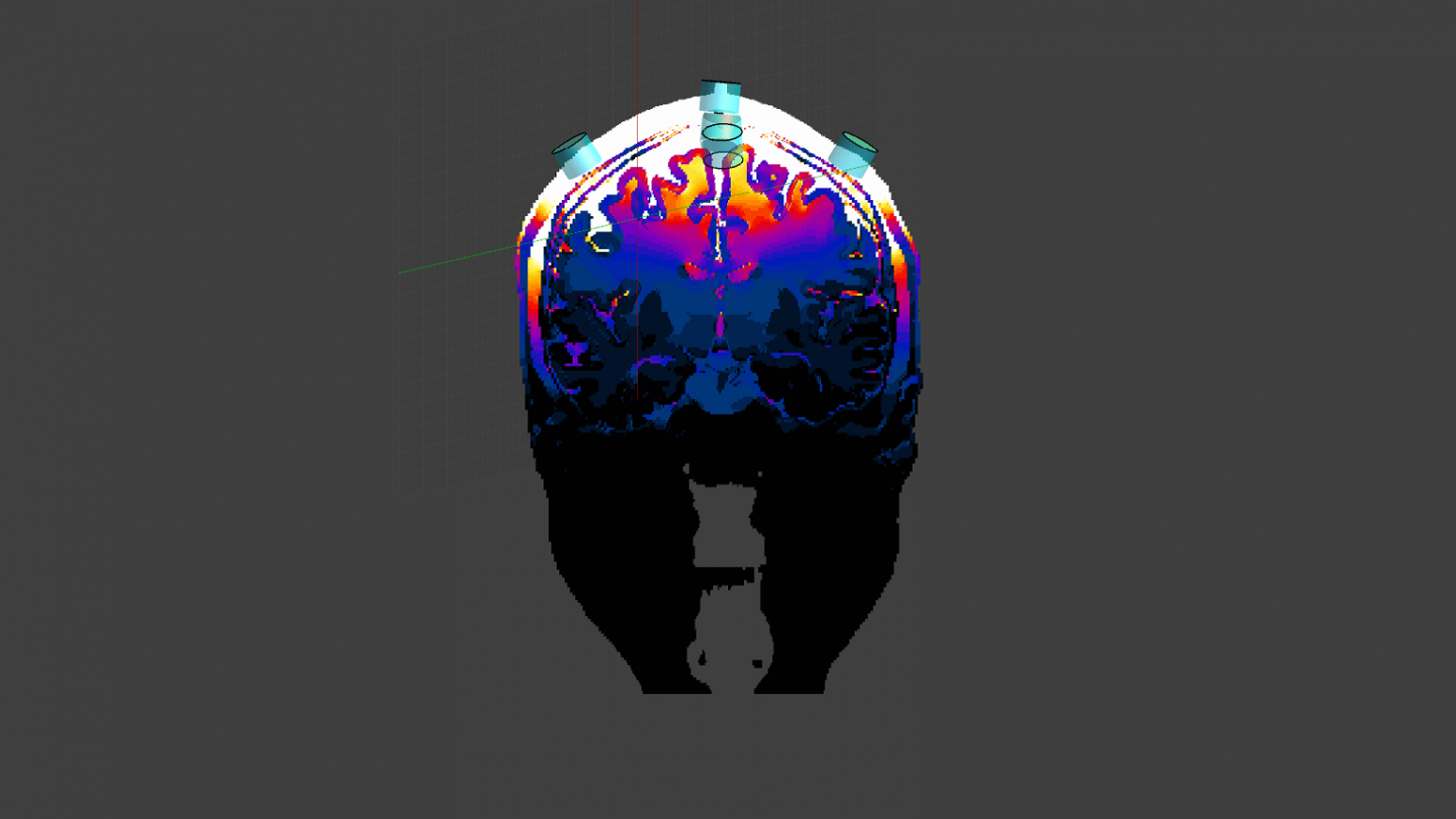Modelling

While non-invasive brain stimulation (NIBS) techniques have shown great promise in aiding treatment of various diseases including stroke, their effectiveness is highly heterogeneous. This heterogeneity suggests the necessity of moving away from a “one-size-fits-all” approach toward one tailored to each individual patient. In particular, during application of transcranial electric stimulation (tES), the placement of the electrodes strongly influences the current distribution in the brain and thus the effect of the treatment. Using tools from dynamical systems and graph theory, we can decide which brain regions should be targeted for stimulation, and then using advanced in silico modelling, arrange electrodes in an optimal montage to achieve the desired stimulation.